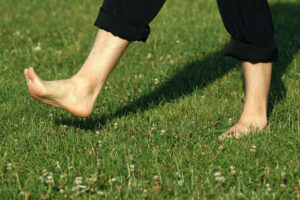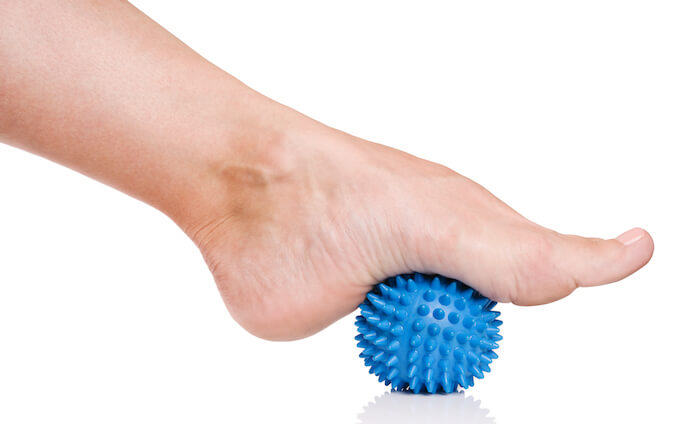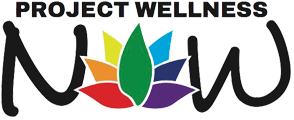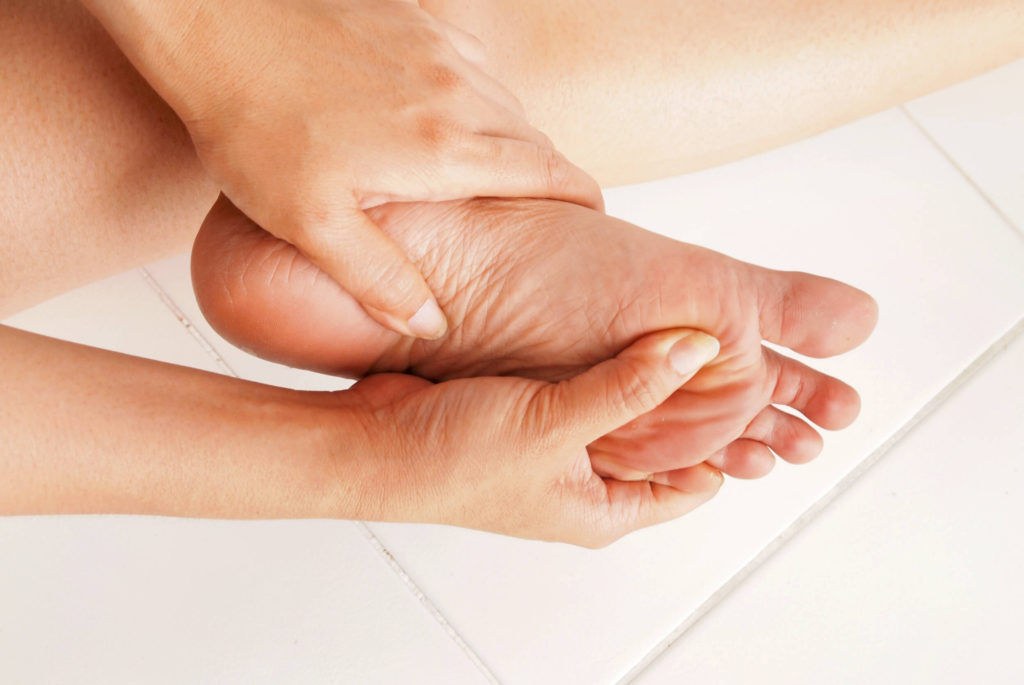By Kevin Jones
In general, it is best to focus on whole-body strength and pain management by engaging in different exercises like daily yoga, a well-rounded workout routine, and appropriate rest. But if you are struggling with nagging foot pain, opting to strengthen your feet and alleviate the pain can help you keep your fitness on track.

1. Toe Stretch

“Surprising Benefits of Wearing Comfort Shoes”
This exercise is fairly simple. You can do it seated or standing, though it is best if you do it barefoot. To complete this exercise, you will need to stretch out your toes to their full extension, count to ten, then relax. Repeat this exercise ten times once a day to help build up your toes’ strength and flexibility.
Also, as a variation on this stretch, you can do the stretch, relax, then pick up a small washcloth or hand towel with your toes and hold it for ten seconds before setting it down. Cycling through these movements will help your toes be more engaged in your activities.
2. Heel Lifts
To help release tension in your calves—which have multiple tendons and ligaments running along the tops and bottoms of your feet—you can do heel lifts.
To do this exercise, start by standing with your feet hip-width apart, then lift up your heels until you are balanced on your toes and balls of your feet. Hold this position for 15 seconds, then lower yourself slowly back down until your heels touch the floor.
3. Barefoot Walking

About a decade back, everyone was throwing out their thick shoes and opting for minimalist shoes. What brought this move on what the research that showed that our feet actually do better when not constricted by tight shoes that are overly padded.
Even after the main fad has died down, there are still researchers who are looking into how at least walking barefoot can strengthen your feet and provide natural pain management. In fact, some researchers found that without shoes to prevent natural movement, human feet are able to spread more effectively and distribute weight evenly, allowing for stronger feet and better balance.
Now, if you have plantar fasciitis, you may want to be careful with this advice. Generally, with plantar fasciitis, you should wear supportive shoes and avoid going barefoot. Naturally, the advice of your doctor trumps an internet fitness guru’s advice.
Also, when you opt to strengthen your feet by going barefoot, choose safe places to walk. Grassy parks are not ideal, as sharp stones and glass can be hidden by the grass. However, clear expanses of sand is a good way to engage your feet and improve your balance, as well as your home—as long as there are no sneaky Legos hiding in the carpet!

4. Heel And Arch Rolling
To do this exercise, you will need to take a hard small ball—i.e., golf ball, baseball, lacrosse ball, etc.—and sit down. Once seated, you can roll the ball under your foot, focusing on your heel and arch.
The ball will help release the tension in the connectors in the bottom of your foot and is a particularly helpful exercise for those with plantar fasciitis. Also, you can use a frozen water bottle too, as it can help reduce the painful inflammation that often comes with foot issues.
5. Calf/Achilles Stretch
This standing exercise is designed to target the calves, which often are the source of foot pain. When your calves are too tight, it can strain the ligaments in your feet, making the motion of walking and running painful.
To do a calf/Achilles stretch, you will need to face a wall and be close enough to place the balls of one foot against the wall. Once your foot is in position, lean into the stretch and feel the tension in your calf and foot for a minute. Repeat on the other side for the full effect.
6. Towel Stretch
With either a hand towel or exercise towel, you can do a towel stretch to strengthen and stretch your feet. Start by extending one foot in front of you. Then, loop the towel around the upper half of your foot, while holding onto the ends with both hands. Gently and slowly, pull on the towel end so that your foot is pulled toward your body. Hold this position for 30 seconds, then release.
By gently doing this at least once a day, you can help to relax the tension that has become built-up in your feet.
Don’t Forget To Rest
Also, you should definitely consider what your rest days look like if you are struggling with foot pain. Are you actually taking a rest day, or are you just doing a different type of workout?
Rest days are a critical part of your workout routine, and while cross-training is important to help keep your whole body strong and healthy, you do need dedicated rest days. Without set rest days, your body can become strained and areas of high impact—like your feet—are often the first areas to show signs of that stress. So, be sure to take time to adequately rest if you want your feet to recover.
By implementing these foot exercises—as well as not pushing yourself too hard—you should be able to recover and enjoy improved full-body balance.
ABOUT THE AUTHOR:
Kevin Jones is a health and fitness blogger and a regular contributor to a number of fitness websites. He writes for NordicTrack. During his free time, he likes to be very active and spend time with his wife and two children shredding the slopes of Park City, Utah or chasing down the Salt Lake City Korean food trucks. Connect with him online; LinkedIn– Twitter
YOU MAY ALSO LIKE:
WHAT YOU NEED TO KNOW ABOUT YOUR THIRD EYE CHAKRA
Seemingly shrouded in mystery, many people have heard of this mysterious energy point but aren’t quite sure what it actually is…
REIKI – HEAL YOURSELF, HEAL THE WORLD
REIKI is a Japanese technique that promotes relaxation and stress relief. While its origins go back to sutras dated 2500 years…
6 OF THE MOST COMMON AYURVEDIC HERBS
Ayurveda is an ancient Indian medical tradition -but it is so much more than that. The word Ayurveda means “the science…
SWEET DECEPTION
We all love our sweets from dark chocolate to buttercream frosting. The lure of sugar is undeniable. In 1907, the average…
ARE YOU LIVING ABUNDANTLY?
Christmas can be a time of celebration or a time of feeling emptiness. Emptiness – because we feel alone, or because…
THE IMPORTANCE OF OFF DAYS IN YOUR WORKOUT WEEK
By Kevin Jones Personally, I found it tough to take rest days for a long time. I’m a runner, and I…








